Secrets Only Pros Know About Deep Sea Fishing
Deep sea fishing represents the ultimate challenge for anglers seeking adventure beyond coastal waters. While weekend warriors might enjoy occasional offshore excursions, professional deep sea fishermen possess knowledge accumulated through countless hours battling the ocean’s elements and pursuing its most elusive inhabitants. These masters of the deep understand that success comes not just from expensive gear or powerful boats, but from specialized techniques, intimate knowledge of marine ecosystems, and an almost spiritual connection with the rhythms of the open ocean. This article unveils the closely guarded secrets that separate casual anglers from deep sea fishing professionals, offering insights that can transform your offshore experiences from mere fishing trips into epic adventures on the high seas.
Understanding Bathymetry: The Ocean’s Hidden Landscape
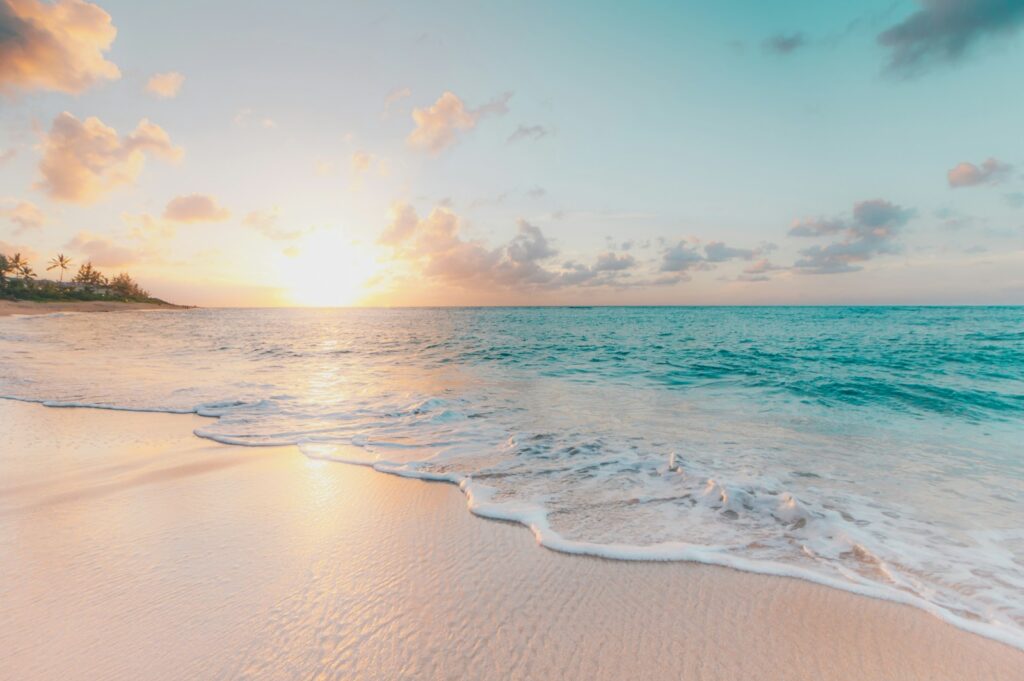
Professional deep sea fishermen know that the ocean floor is not simply a flat expanse but a complex underwater landscape with features as varied as those on land. They study bathymetric charts meticulously, identifying underwater mountains, canyons, plateaus, and shelves where currents create nutrient-rich environments that attract baitfish and, consequently, larger predators. These seafloor structures create upwellings that bring cold, nutrient-dense water to the surface, establishing productive fishing zones that casual anglers might completely miss. Pros invest in high-quality depth finders and sonar equipment that can map these features in real-time, allowing them to position their boats precisely over productive zones.
Understanding how different species relate to various underwater structures at different depths and seasons represents one of the most significant advantages professionals hold over recreational fishermen.
Reading Ocean Currents Like a Book
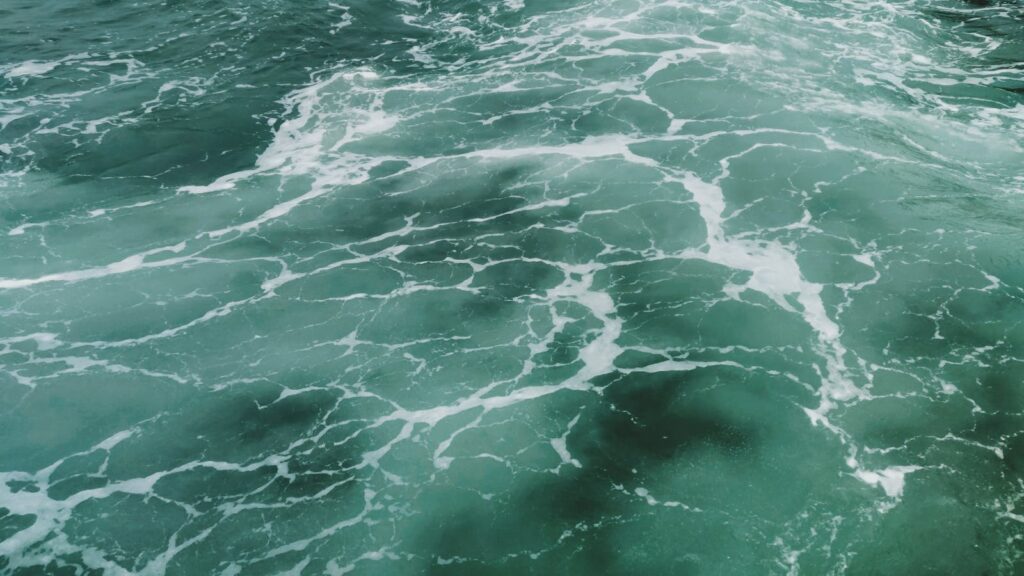
To the untrained eye, the ocean’s surface may look uniformly blue, but pros recognize the subtle signs of current convergence zones where productivity explodes. They look for color changes in the water, temperature breaks, floating debris lines, and even subtle differences in wave patterns that indicate where currents meet and create biological hotspots. Professional captains track major ocean currents like the Gulf Stream, Kuroshio Current, or Humboldt Current, knowing these massive oceanic rivers transport nutrients, control water temperature, and influence fish migration patterns. They use satellite imagery, sea surface temperature charts, and chlorophyll concentration data to identify these productive edges before ever leaving the dock.
Skilled captains can even “read” the water while underway, noticing subtle changes in color from deep blue to green or purple that indicate plankton concentrations and the resulting food chain that develops around them.
Mastering the Moon Phases

Lunar cycles profoundly influence fishing success in ways that casual anglers often overlook or misunderstand. Professional deep sea fishermen plan their most important trips around specific moon phases, knowing that the gravitational pull affects tides, currents, and fish feeding behaviors. The strongest bites often occur during the full and new moons when tidal movements reach their maximum range, increasing water movement and stimulating feeding activity. Many pelagic species, particularly swordfish and tuna, feed more aggressively during certain moon phases, and spawning activities for many species correspond directly to lunar cycles. Beyond the moon’s phase, pros pay attention to moonrise and moonset times, as these transition periods frequently trigger feeding frenzies among predatory species.
Understanding these celestial influences allows professionals to target their efforts during peak activity windows instead of hoping for random success.
The Art of Chumming Strategically
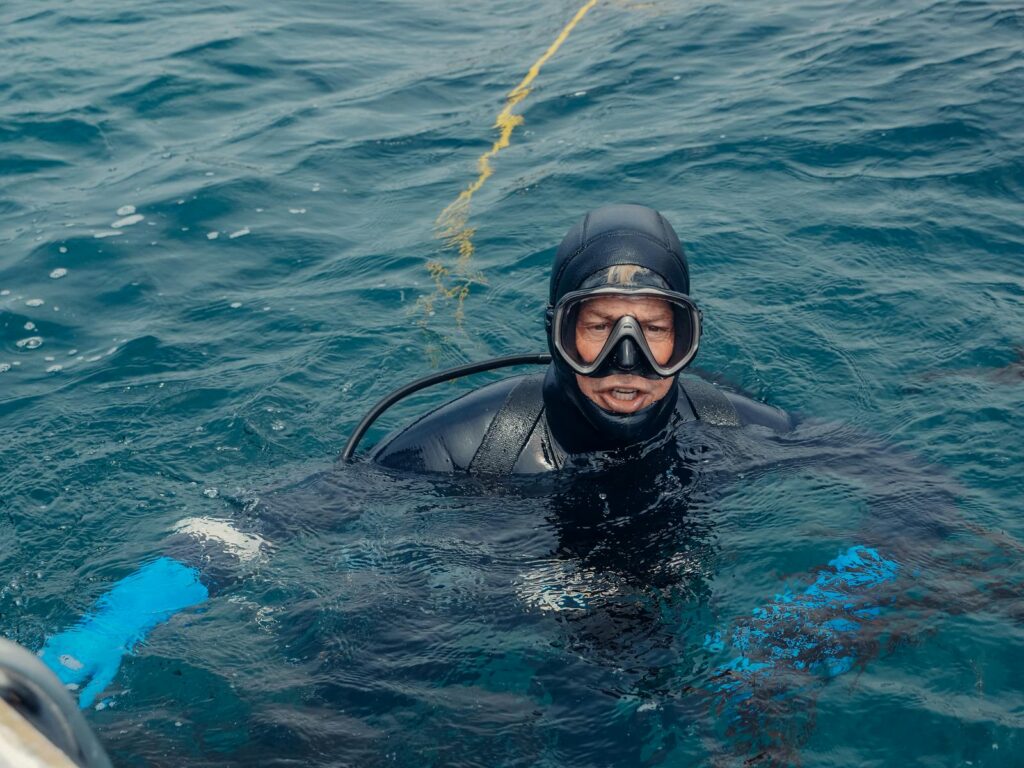
While recreational anglers might haphazardly toss chum overboard, professionals approach chumming with scientific precision. They create customized chum recipes for specific target species, understanding that oily fish like menhaden attract different predators than squid-based chums. Pros deploy chum at calculated intervals to establish a consistent scent trail that leads directly to their baited hooks, creating what they call a “feeding station” in the open ocean. They consider current direction and speed, adjusting the amount and frequency of chum to maintain the perfect scent corridor without overfeeding potential catches. The most skilled captains even incorporate sound chumming—using underwater speakers or specific engine vibration patterns that mimic wounded baitfish—to attract predators from greater distances than scent alone can reach.
Perfecting Bait Presentation in Deep Water
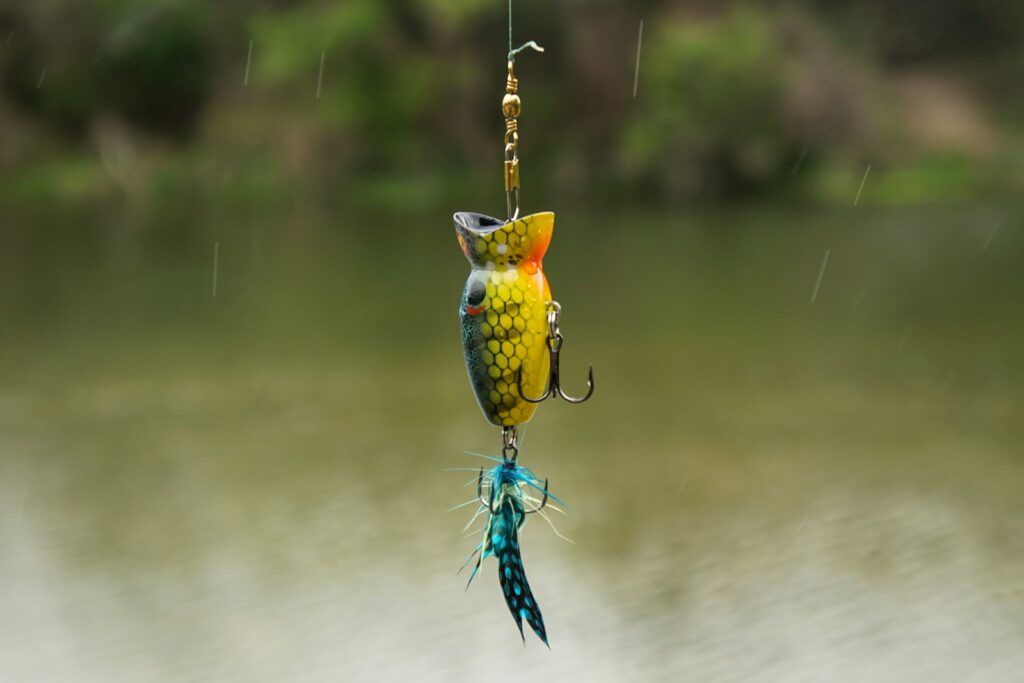
Professional deep sea fishermen obsess over bait presentation details that casual anglers might never consider. They understand that in clear offshore waters, predatory fish can be remarkably selective, often inspecting baits carefully before committing to strike. Pros rig baits to swim naturally at specific depths, sometimes spending hours perfecting the bridle position on a bonito or the stitch pattern on a ballyhoo to ensure it tracks straight without spinning. They match hook sizes precisely to both bait and target species, often using custom-sharpened hooks that penetrate more easily on long-distance hooksets. Many professionals modify their baits according to water conditions, using brighter colors during overcast days or adding reflective materials when fishing deeper water where light penetration diminishes.
The difference between a perfectly presented bait and an average one often determines whether trophy fish strike or ignore the offering entirely.
Specialized Tackle Configurations for Different Species
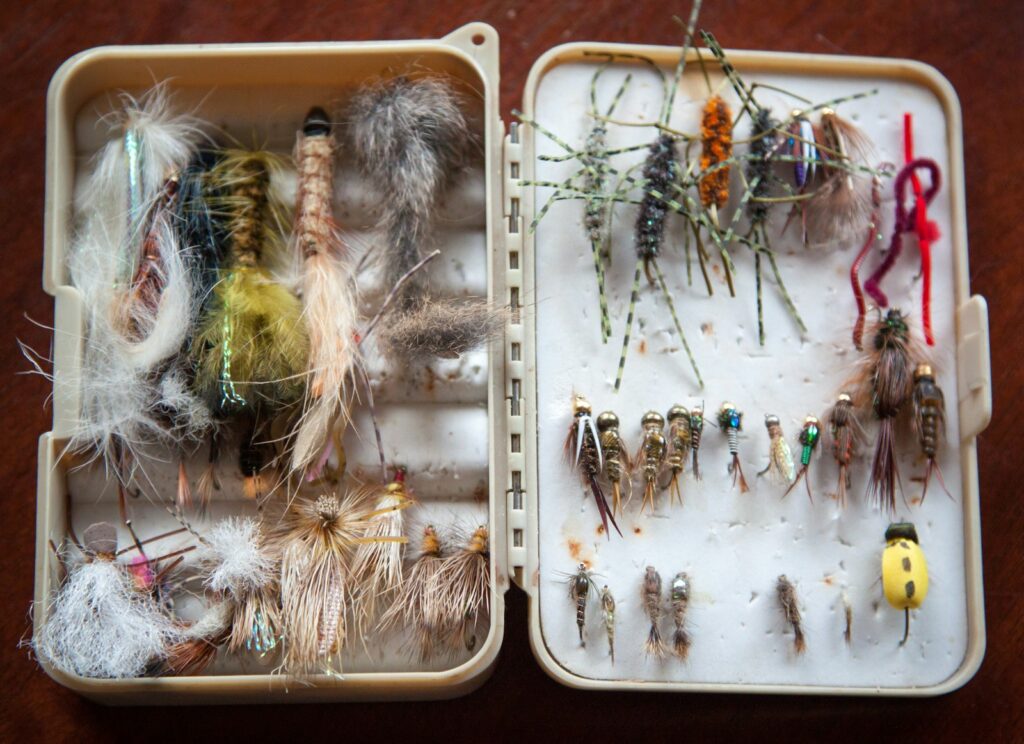
While amateur anglers might use standardized tackle setups, professionals customize their gear meticulously for specific target species and fishing scenarios. They understand that marlin require different leader configurations than tuna, and that swordfish demand specialized tackle designed for extreme depths. Professional captains carry multiple rod and reel combinations with carefully calculated drag settings appropriate for different species and situations. They select line weights based not just on fish size but on the water depth, current strength, and even the amount of floating debris present that day. Many pros maintain detailed logs of successful tackle configurations for different species under various conditions, creating a database of proven setups they can deploy when similar situations arise.
This level of specialization extends to hook styles, with circle hooks preferred for certain species and J-hooks for others, depending on feeding behaviors and conservation requirements.
Weather Pattern Recognition Beyond Forecasts

Professional fishermen develop an almost intuitive understanding of weather patterns that goes far beyond checking the daily marine forecast. They recognize how barometric pressure trends affect fish behavior, often planning trips around rising pressure systems after storms when feeding activity typically increases. Skilled captains watch cloud formations and wind patterns that might indicate approaching weather changes invisible to standard forecasts, giving them crucial safety margins in the unpredictable offshore environment. They understand seasonal weather patterns in their fishing grounds intimately, knowing, for instance, that certain wind directions in specific seasons correlate with better fishing for particular species.
Many professionals maintain personal weather logs spanning decades, allowing them to recognize subtle patterns that scientific forecasting models might miss entirely.
Strategic Trolling Patterns and Speeds
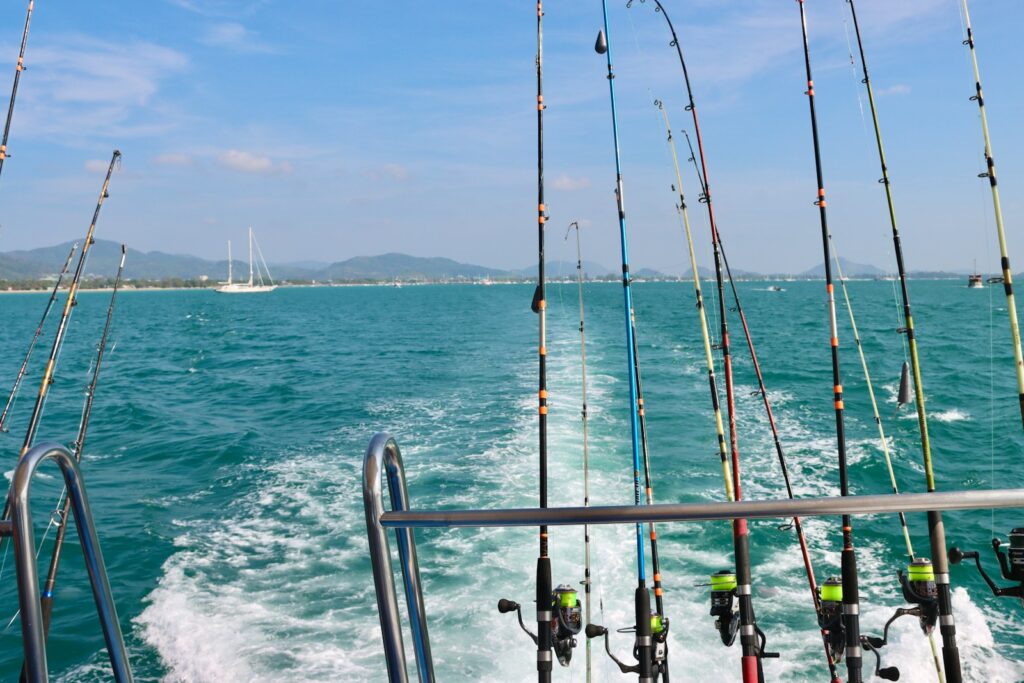
To the uninitiated, trolling might seem as simple as dragging baits behind a moving boat, but professionals approach it as a complex tactical art. They develop sophisticated trolling patterns designed to cover productive water efficiently while presenting baits at varying distances and depths that appeal to different species simultaneously. Professional captains constantly adjust trolling speeds based on sea conditions, target species, and bait types, sometimes making minute speed changes of just 0.2 knots that can dramatically increase strike rates. They use precision instruments to monitor actual speed through water (rather than over ground) and maintain exact RPM settings that keep baits swimming naturally.
Many pros employ zigzag patterns, figure-eights, or other geometric trolling formations designed to make baits periodically speed up, slow down, or change direction—triggering strikes from following predators that haven’t committed to the chase.
Mastering the Fighting Chair Technique
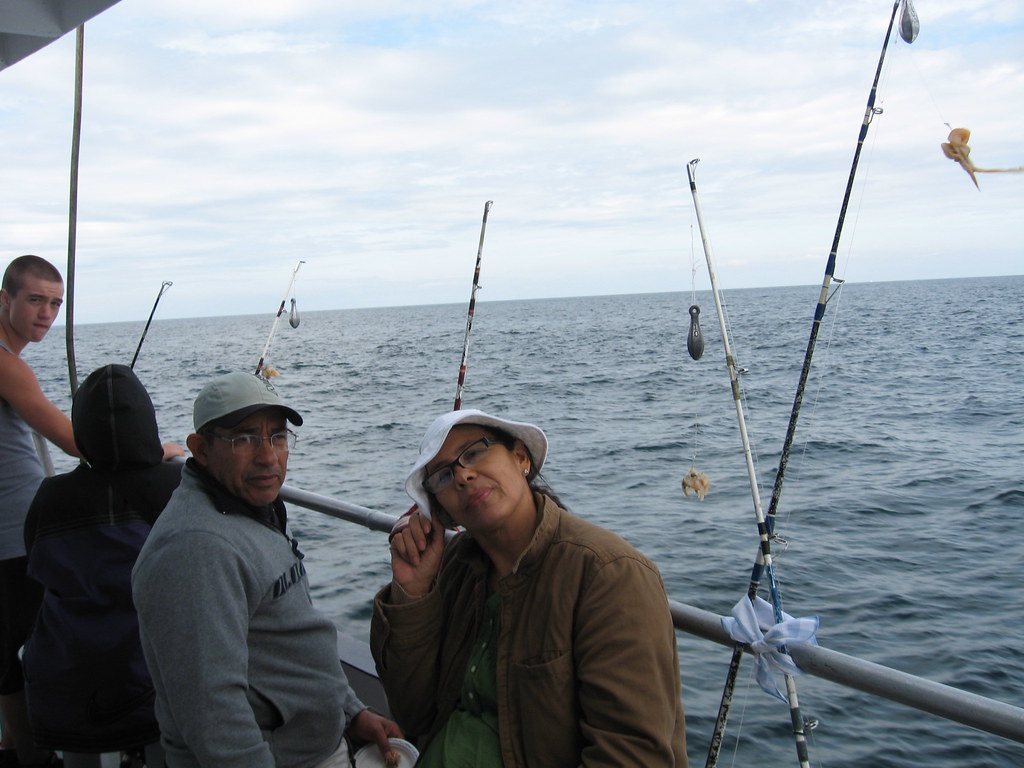
The fighting chair represents one of deep sea fishing’s most iconic images, but professionals understand its use goes far beyond simply providing a seat during long battles. They teach specific body positioning techniques that maximize leverage against powerful fish while minimizing physical fatigue during fights that might last several hours. Professional anglers develop a rhythmic pumping technique that applies consistent pressure during the fish’s momentary pauses, gaining line incrementally without exhausting themselves through brute force attempts. They master the subtle art of using the boat’s movement in conjunction with the chair’s gimbal system to maintain optimal rod angles that tire fish efficiently.
Many professional operations feature custom-designed fighting chairs with specialized footrests, adjustable seats, and harness systems configured specifically for the captain’s fighting technique and the typical species encountered in their fishing grounds.
The Science of Bait Selection and Seasonal Variations
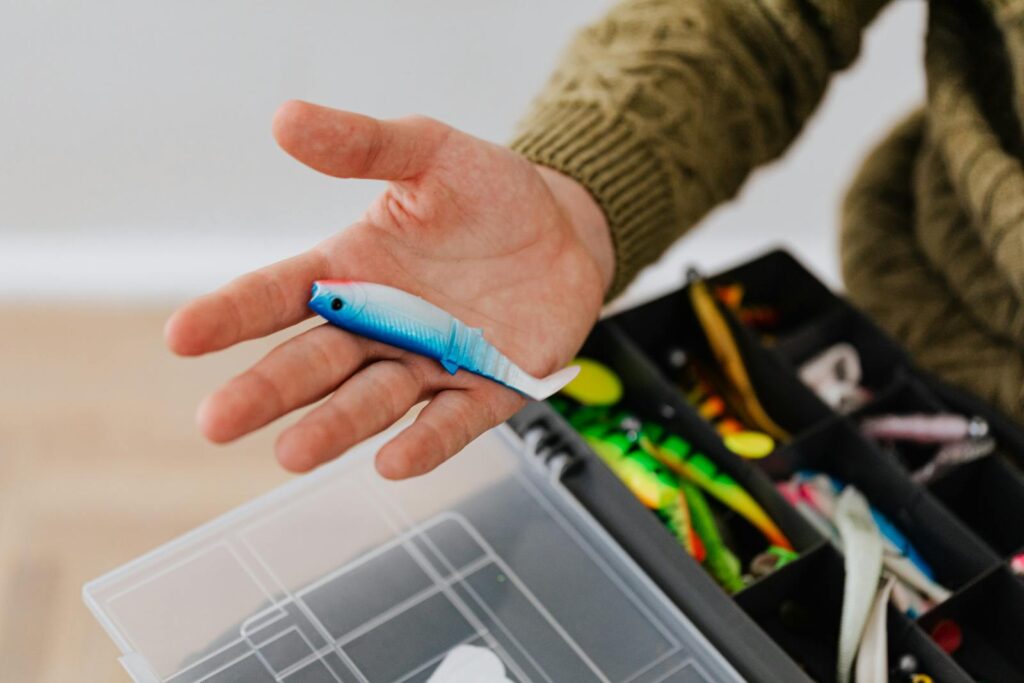
Professional fishermen approach bait selection with scientific precision, understanding that successful fishing requires matching the hatch—presenting baits that mimic what predatory fish expect to find in that specific area during that particular season. They study seasonal baitfish migrations, knowing exactly when flying fish populate certain areas or when squid rise to shallower depths during their reproductive cycles. Many pros maintain freezers full of different bait species collected throughout the year, allowing them to present exactly the right offering regardless of current bait availability. They understand subtle regional variations in prey species, recognizing that marlin in the Pacific may key on different prey than those in the Atlantic, requiring region-specific bait presentations.
Professional operations often maintain relationships with commercial baitfish suppliers who alert them when premium baits become available, giving them access to the freshest, highest-quality offerings.
Advanced Electronics Interpretation
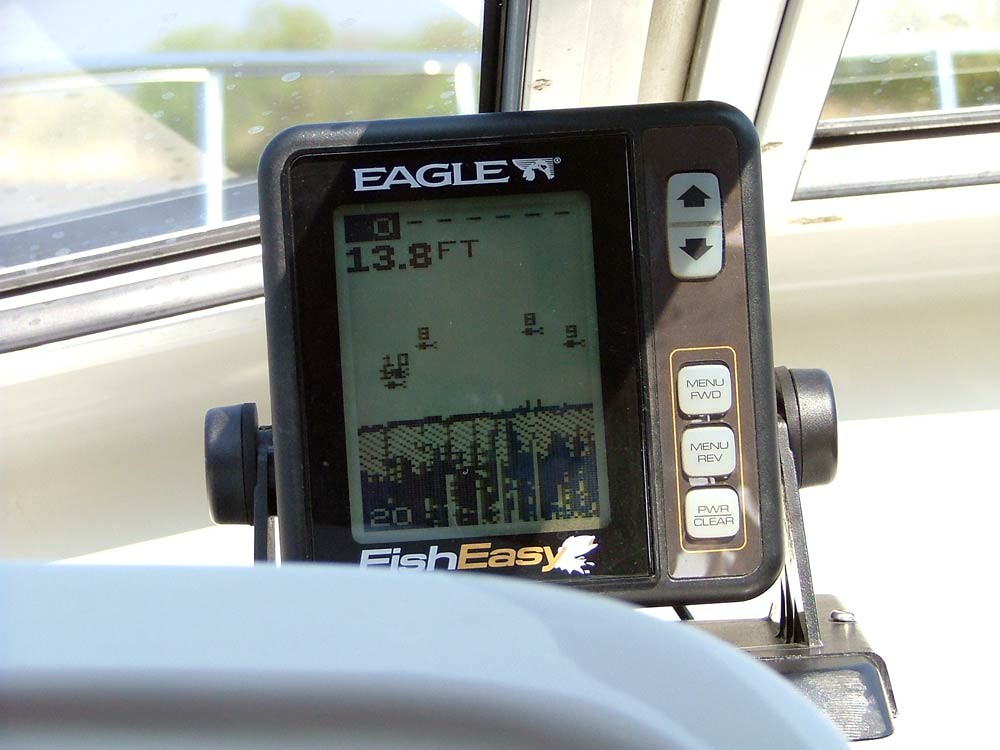
While many boats feature impressive electronics arrays, professionals possess the interpretation skills to extract meaningful information from complex sonar readings, differentiating between baitfish schools, thermoclines, and target species. They understand how to adjust sensitivity settings on different fish finders to reveal subtle details that standard settings might miss, such as the thermocline depth or scattered baitfish beyond the primary school. Professional captains integrate multiple data sources—sonar, sea surface temperature readings, satellite imagery, and radar—to create a comprehensive picture of underwater conditions invisible to the naked eye.
They can identify specific fish species by their sonar signatures, distinguishing between tuna, marlin, or shark by the size, density, and movement patterns of targets on the screen. Many professionals invest in advanced training specifically for interpreting their electronics systems, recognizing that the technology provides little advantage without the skill to interpret its data accurately.
The Psychological Game with Giant Fish
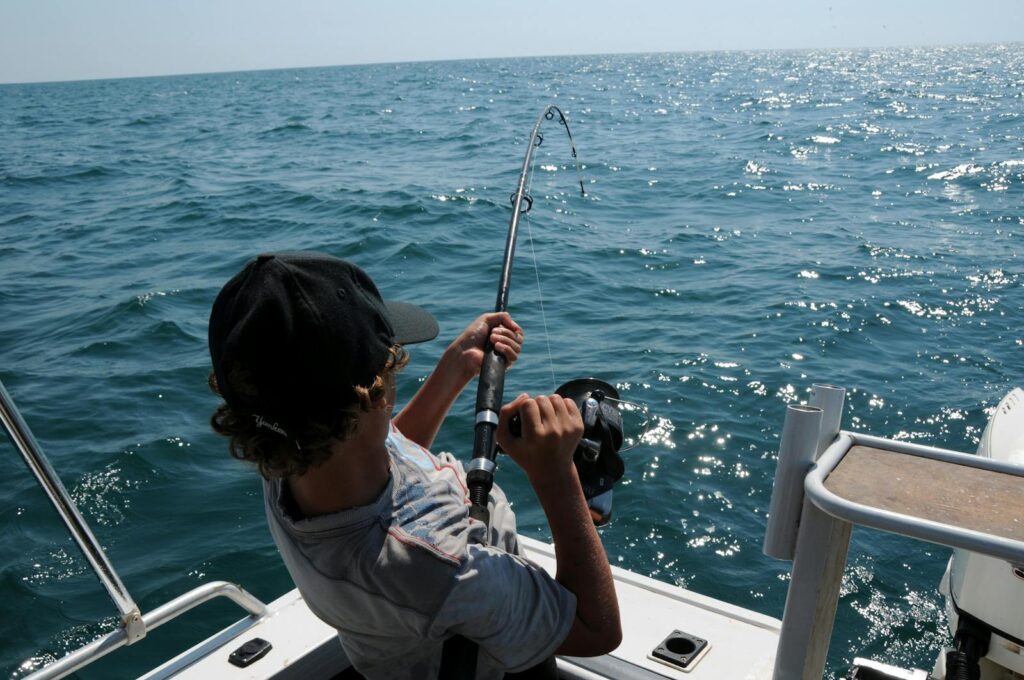
Beyond physical techniques, professional anglers understand the psychological aspects of battling giant fish, developing strategies that overcome the natural survival instincts of their quarry. They recognize pattern changes during long fights that indicate a fish is preparing to make a run, allowing them to adjust drag settings proactively rather than reactively. Professional captains know when to apply maximum pressure and when to ease off, sometimes intentionally giving line to a tired fish that might otherwise panic and break off if pressured too aggressively near the boat. They understand species-specific fighting behaviors—knowing, for example, that blue marlin typically make deep, powerful initial runs while white marlin often stay closer to the surface with erratic direction changes.
This psychological chess match between angler and fish often determines the outcome of epic battles more than raw strength or expensive equipment.
Developing a Sixth Sense for Fishing Pressure

Perhaps the most intangible skill professional fishermen develop is an almost supernatural ability to sense when an area has received too much fishing pressure, even when other boats are no longer present. They recognize subtle signs that fish in a particular area have become educated to common fishing techniques, noticing when strike patterns change from aggressive takes to more cautious approaches. Professional captains maintain extensive networks with other captains, exchanging coded information about fishing pressure in different areas while protecting their prime locations. They understand that heavily pressured fish require different approaches—often downsizing leaders, using more natural bait presentations, or fishing during less popular times when pressure eases.
Many professional operations intentionally rotate between multiple fishing grounds, allowing pressured areas to “rest” and fish behavior to reset before returning to previously productive locations.
Conservation Ethics and Sustainable Practices
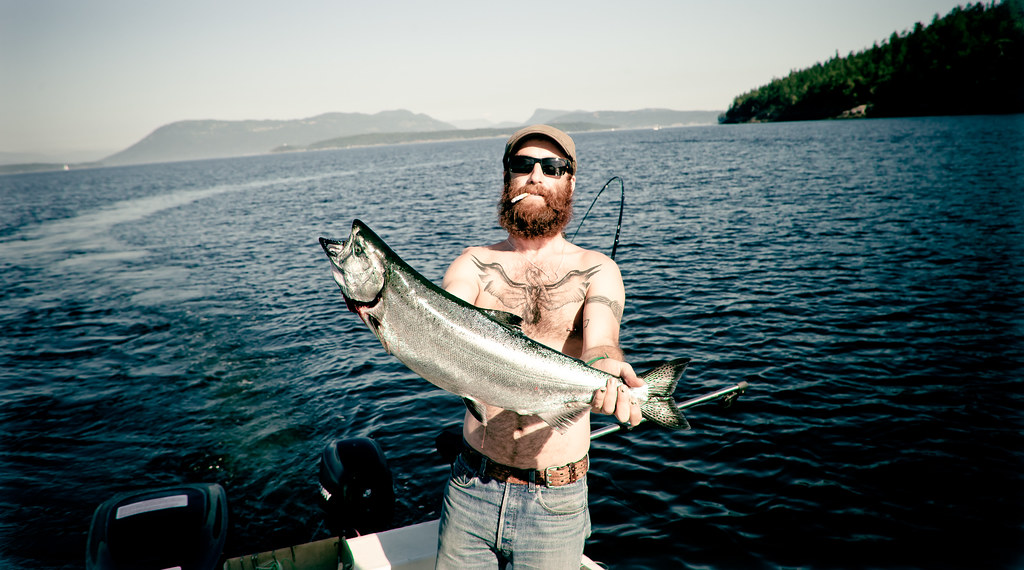
Contrary to what some might expect, the most successful professional deep sea fishermen are often the most dedicated conservationists, understanding that their livelihood depends on maintaining healthy fish populations. They pioneer catch-and-release techniques that minimize stress on fish, using specialized hooks, handling methods, and revival techniques that maximize survival rates after release. Professional operations often participate in tagging programs, contributing valuable data to scientific research while educating their clients about marine conservation issues. Many pros advocate for science-based fishing regulations and voluntarily adopt sustainable practices that exceed legal requirements, recognizing that short-term sacrifice creates long-term benefits for the fishery.
This conservation ethic represents perhaps the most important “secret” of professional deep sea fishermen—the understanding that respectful, sustainable harvest practices ensure both their continued success and the thriving marine ecosystems upon which they depend. The world of professional deep sea fishing encompasses far more than luck and expensive equipment. It represents a complex blend of marine biology knowledge, meteorological understanding, technical skill, and intuitive connection with the ocean environment.
The secrets shared by professionals aren’t simply tricks for catching more fish but rather pathways to developing deeper appreciation for marine ecosystems and more meaningful experiences on the water. As you incorporate these professional insights into your own offshore adventures, remember that the greatest satisfaction comes not just from successful catches but from the journey toward mastery itself—the gradual accumulation of knowledge and experience that transforms fishing from mere recreation into a lifelong passion and connection with the magnificent open ocean.














Post Comment